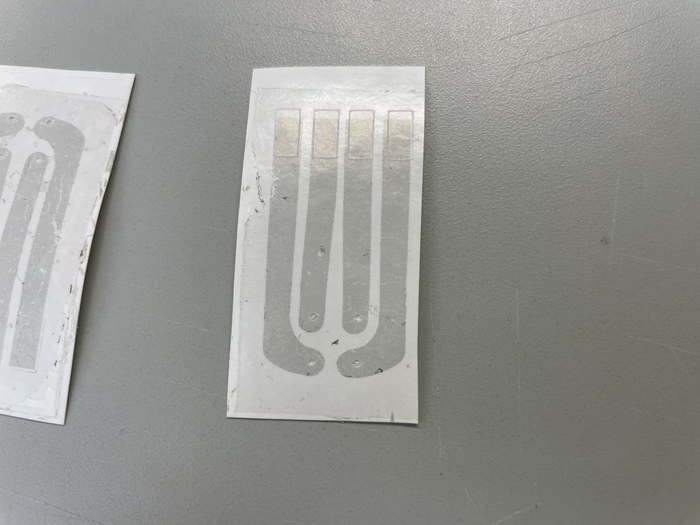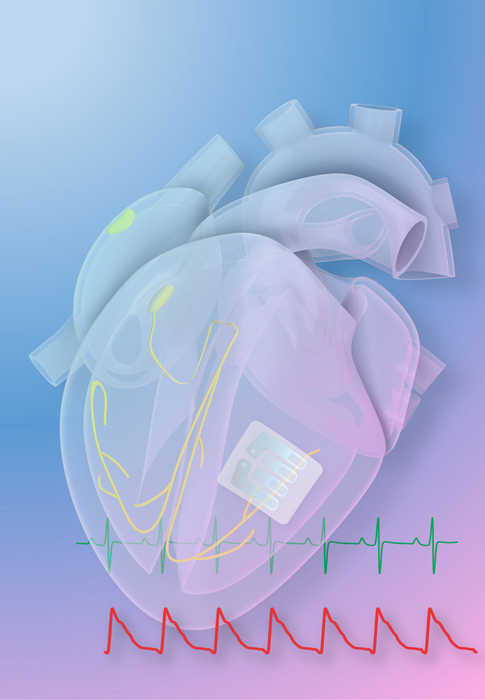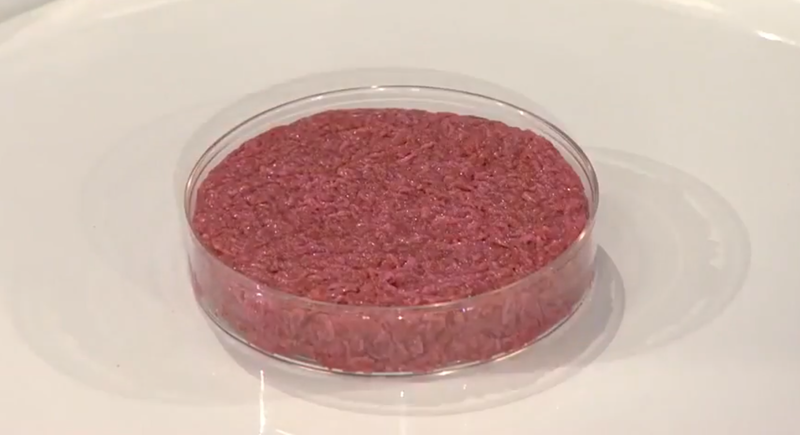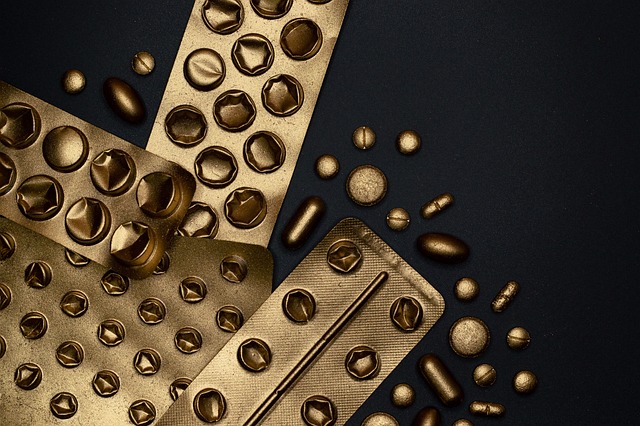Researchers led by Northwestern University and the University of Texas at Austin (UT) have developed a novel graphene heart implant for correcting abnormal heart rhythms using light.
Cardiac arrhythmias, or irregular heartbeat, is a problem with the rate or rhythm of your heartbeat. If not treated, it can lead to stroke, heart failure, cardiac arrest, and even sudden death.
Usually, this problem is treated using implantable pacemakers and defibrillators. However, these devices require hard, rigid materials which are inflexible and can even result in tissue injury and discomfort.
Implantable graphene e-tattoo
Unlike traditional pacemakers, researchers have used biocompatible ‘super-material’ graphene with ultra-strong, lightweight, and conductive properties for developing the new pacemaker. Although the new graphene “tattoo” implant is about the thickness of a strand of hair, it works like a classical pacemaker. Moreover, it softly melds itself to the heart tissue while being strong enough to withstand the dynamic motions of a beating heart.

Graphene implant on tattoo paper (Image by Ning Liu/University of Texas at Austin)
“One of the challenges for current pacemakers and defibrillators is that they are difficult to affix onto the surface of the heart,” said Igor Efimov, senior author of the study.
“Defibrillator electrodes, for example, are essentially coils made of very thick wires. These wires are not flexible, and they break. Rigid interfaces with soft tissues, like the heart, can cause various complications. By contrast, our soft, flexible device is not only unobtrusive but also intimately and seamlessly conforms directly onto the heart to deliver more precise measurements.”
Researchers successfully tested this device on rats. Researchers used light for monitoring and controlling heart rhythm in rats.
“We can essentially combine electrical and optical functions into one biointerface,” Efimov said. “Because graphene is optically transparent, we can actually read through it, which gives us a much higher density of readout.”







